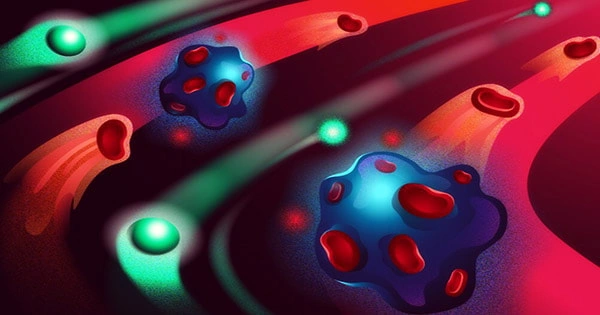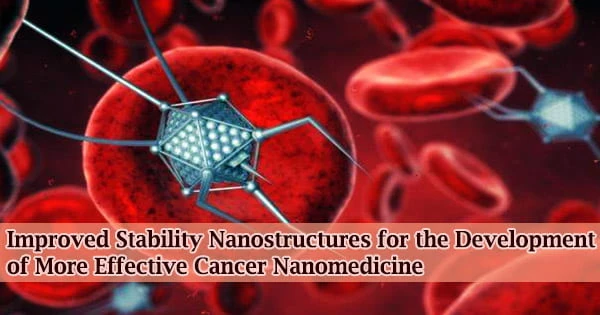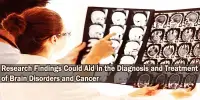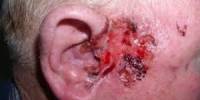The majority of medications on the market today have only one mechanism of action, and producing pharmaceuticals with many functions is both difficult and expensive. Researchers at Aarhus University recently discovered a means to make more stable nanostructures that may assemble proteins with various functionalities, which when combined, can deliver more effective cancer therapy, for example.
DNA, which is made up of strands with a specific sequence of four basic building blocks, has played a key role in preserving each cell’s genetic information for millennia. The cell copies these DNA strands in an exceptionally well-orchestrated manner at each cell division, but this complex machinery is governed by relatively simple laws.
These simple criteria have recently been discovered to be useful not only in the context of genetic engineering but also in the construction of useful DNA nanostructures by designing DNA strands.
These DNA nanostructures have been demonstrated to have a variety of medicinal activities, including the ability to carry cancer medicines to specific locations in the body. When compared to traditional cancer treatment, this can boost the medication’s effectiveness while also reducing negative effects.
The use of DNA nanostructures to bind and assemble biomolecules into multifunctional structures is becoming more common. One of the DNA nanostructures utilized generates a branching structure with 4-way junctions (4WJ), which is also present naturally.
Harvard Medical School in Boston, for example, was able to attach and collect diverse antibodies using specifically developed versions of these 4WJ structures, ensuring that T cells targeted aggressive cancer cells more aggressively and therefore eliminated tumors.
Enhanced DNA nanostructures with artificial building blocks
Researchers at Aarhus University’s Center for Multifunctional Biomolecular Drug Design (CEMBID) are also looking for novel ways to combine diverse medications in order to develop greater and more effective mechanisms of action.

Professor Kurt Gothelf’s research group recently published an article in the prestigious journal Angewandte Chemie Int. Ed. with results including the above-mentioned 4WJ structures, but in a better version. The project was carried out in partnership with CEMBID members Jørgen Kjems and Ken Howard’s groups.
These DNA nanostructures (4WJ) are certainly clever, yet DNA structures have the drawback of being de facto biodegradable polymers. This indicates that the structures in the blood are broken down faster than anticipated.
Furthermore, the formations can be so enormous that they activate the immune system on their own. It is critical for the structures to be very stable, non-toxic, and not elicit an immunological response in the patient in order for them to be employed for diagnostics or medication.
Anders Märcher, a postdoc in Kurt Gothelf’s research group and a member of CEMBID, has discovered a means to improve the stability of these nanostructures with his research partners. They did so by forming the nanostructure with short chains of artificial and modified building blocks known as oligonucleotides.
Märcher et al.’s oligonucleotides are dubbed acyclic L-threoninol nucleic acid (aTNA) and act in the same way and to the same extent as natural DNA building blocks. The natural building blocks’ sugar molecule (deoxyribose) is substituted with an artificial sugar molecule (acyclic L-threoninol), which strengthens the overall structure.
The encouraging results revealed that 4WJ structures containing the artificial building block aTNA are extremely stable, do not disintegrate in the blood, are non-toxic to cells, and do not provoke a non-specific immune response.
When the researchers combined a specific type of biomolecule known to attach to a biomarker in high-specificity breast cancer cells with the new 4WJ structure, they discovered that the 4WJ structure could be useful for targeting cancer treatments to the right cells.
They might also increase the longevity of the new 4WJ structure in the bloodstream, and hence the action of the medicine that may be connected to the DNA nanostructure, by making further alterations to it.
The researchers believe that their artificially constructed 4WJ structure can be utilized to carry medications to the correct location in a patient’s body. Furthermore, they believe it can be an effective study instrument.
For example, experts believe that the effects of various combinations of cancer-degrading biomolecules might be examined more rapidly and efficiently, allowing for the speedier discovery of the most effective cancer treatment.
Center for Multifunctional Biomolecular Drug Design (CEMBID)
The Novo Nordisk Foundation financed the Center for Multifunctional Biomolecular Drug Design (CEMBID) with DKK 60 million in 2018 and it will continue until 2024. Professor Kurt V. Gothelf, who has a background in organic chemistry, bioconjugation, and DNA nanotechnology, is the center’s director, although CEMBID’s interdisciplinary team of researchers works in chemistry, molecular biology, pharmacology, and medicine.
Professor Jørgen Kjems and Associate Professor Ken Howard from iNANO assist run the center, with Jørgen Kjems specializing in nucleic acid nanotechnology and drug delivery and Associate Professor Ken Howard specializing in drug delivery and pharmacokinetics. Professor Tony LaHoutte of Vrije Universiteit in Brussels also helps to the testing of the novel linked medications given his significant experience with clinical trials of bioconjugates.
















